Preceded by Henry Lascelles Name George 7th | Siblings Gerald David Lascelles | |
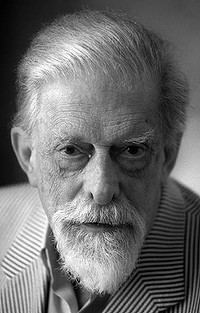 | ||
Full Name George Henry Hubert Lascelles Education Ludgrove SchoolEton CollegeKing's College, Cambridge Died July 11, 2011, Harewood, United Kingdom Parents Henry Lascelles, 6th Earl of Harewood, Mary, Princess Royal and Countess of Harewood Children David Lascelles, 8th Earl of Harewood, James Lascelles, Jeremy Lascelles, Mark Lascelles Similar People Mary - Princess Royal an, Henry Lascelles - 6th Earl o, David Lascelles - 8th Earl o, Gerald David Lascelles, James Lascelles | ||
George Henry Hubert Lascelles, 7th Earl of Harewood, (7 February 1923 – 11 July 2011), styled The Hon. George Lascelles before 1929 and Viscount Lascelles between 1929 and 1947, was the elder son of the 6th Earl of Harewood and Princess Mary, Princess Royal, the only daughter of King George V and Queen Mary. At his birth, he was 6th in the line of succession. Lord Harewood was the eldest nephew of King George VI and was a first cousin of Queen Elizabeth II. He succeeded to his father's earldom on 24 May 1947.
Contents
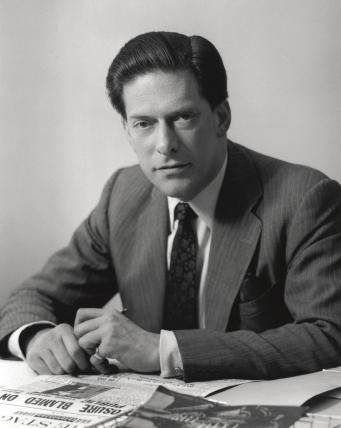
Early life
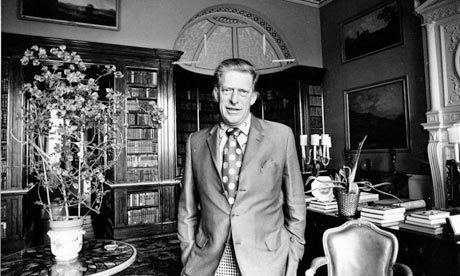
George Lascelles (Lascelles can be traced back to the early Norman period in Britain, the name derives from "l'aiscelle", namely "the armpit") was born at his parents' London home of Chesterfield House on 7 February 1923, the first child of Henry Lascelles, Viscount Lascelles, and Princess Mary, Viscountess Lascelles, and first grandchild of King George V and Queen Mary, who stood as sponsors at his christening. The christening took place on 25 March 1923 at St Mary's Church in the village of Goldsborough, near Knaresborough adjoining the family home Goldsborough Hall. He served as a Page of Honour at the coronation of his uncle King George VI in May 1937.
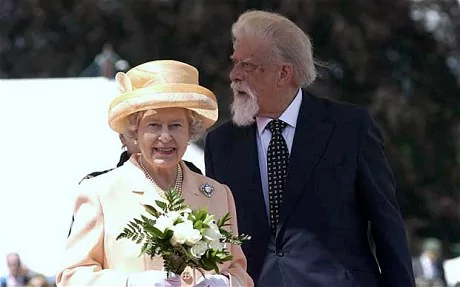
He was educated at Ludgrove School, Eton College and King's College, Cambridge, after which, during the Second World War, he joined the British Army where he was commissioned as a second lieutenant into the Grenadier Guards (his father’s regiment) in 1942, attaining the rank of captain. He fought with the 3rd Battalion of the regiment, part of the 1st Guards Brigade of the 78th Infantry Division (the brigade was later transferred to the 6th Armoured Division), serving in North Africa and Italy, but was wounded and captured at Monte Corno on 18 June 1944 by the Germans who held him as a prisoner of war in Oflag IV-C (Colditz) till May 1945. In March 1945 Hitler signed his death warrant; the SS general commanding the camp, Gottlob Berger, realizing the war was lost, refused to carry out the sentence and released the future earl to the Swiss.
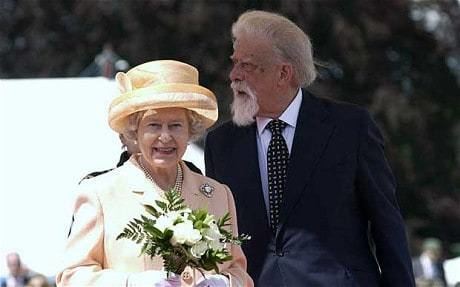
In 1945–46, he served as aide-de-camp to his great uncle, Lord Athlone, who was then Governor General of Canada. Lord Harewood served as a Counsellor of State in 1947, 1953–54, and 1956. On 7 February 1956 he took his seat in the House of Lords.
Marriages
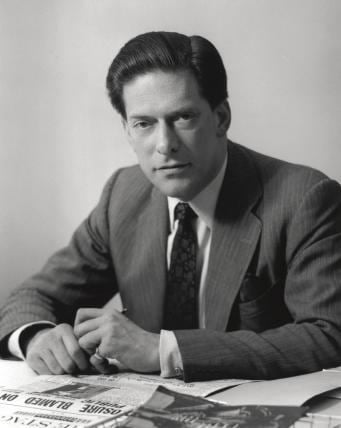
On 29 September 1949, Lord Harewood married Marion Stein, a concert pianist and the daughter of the Viennese music publisher Erwin Stein. Lord and Lady Harewood had three sons:
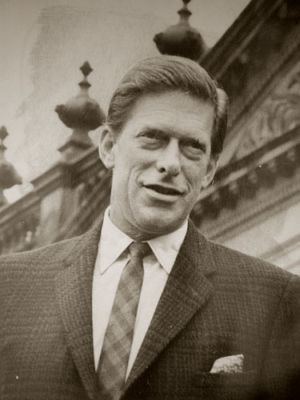
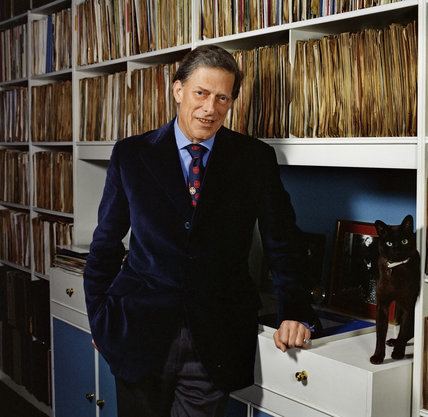
This marriage ended in divorce in 1967, considered a scandal at the time. Stein went on to marry politician Jeremy Thorpe.

Lord Harewood was married a second time on 31 July 1967 to Patricia "Bambi" Tuckwell (born 24 November 1926), an Australian violinist and sister of the musician Barry Tuckwell. The wedding took place at Waveny Park in New Canaan, Connecticut. They were obliged to be married abroad as, in England, Registry office marriages were barred at the time for persons covered by the Royal Marriages Act, and divorcees could not marry in the Church of England. They had one son:
Opera and football
A music enthusiast, Lord Harewood devoted most of his career to opera. He served as editor of Opera magazine from 1950 to 1953. In February 1950, it was reported that he had launched the magazine at a large party at the house of Richard Buckle with many music-loving guests in attendance. He was director of the Royal Opera House, Covent Garden from 1951 to 1953 and again from 1969 to 1972. He served as chairman of the board of the English National Opera (ENO) from 1986 to 1995; Managing Director of the ENO from 1972 to 1985 and was Artistic Director of both the Edinburgh and Adelaide Festivals. From 1958 to 1974, he was General/Artistic Director of the Leeds Triennial Musical Festival. He was Managing Director of the ENO offshoot English National Opera North from 1978 to 1981. Lord Harewood served as a governor of the BBC from 1985 to 1987 and as the president of the British Board of Film Classification from 1985 to 1996
He was the author or editor of three books, Kobbé's Complete Opera Book (ed. 1954, now The New Kobbé's Opera Book, edited with Antony Peattie, latest ed. 1997; and The New Pocket Kobbé's Opera Book, edited with his step-son Michael Shmith, 2000), The Tongs and the Bones (an autobiography, 1981), and Kobbé's Illustrated Opera Book (ed. 1989). He was chairman of Historic Masters, an unusual vinyl record label dedicated to high quality issues of rare historic 78 rpm recordings of opera singers. He was a noted friend and colleague of the late opera diva Maria Callas and is featured in the 1968 EMI documentary The Callas Conversations Vol. I, during which he interviewed Callas at length concerning her career and ideas about opera.
His other interests included football: he served as president of Leeds United Football Club from 1961 until his death and was president of the Football Association from 1963 to 1972. He died on 11 July 2011, aged 88.
Official honours
Queen Elizabeth II created him a Knight Commander of the Order of the British Empire (KBE) in 1986. On 1 July 2010 he was appointed an Honorary Member of the Order of Australia (AM), "for service to the arts in Australia and to supporting Australia's artists in the United Kingdom".
In 1959, Harewood received the Grand Decoration in Silver with Sash for Services to the Republic of Austria.
Family
Career
Styles of address
Books
The Tongs and the Bones: The Memoirs of Lord Harewood, published by George Weidenfeld and Nicholson (1981), ISBN 0-297-77960-5 is George Lascelles' autobiography
